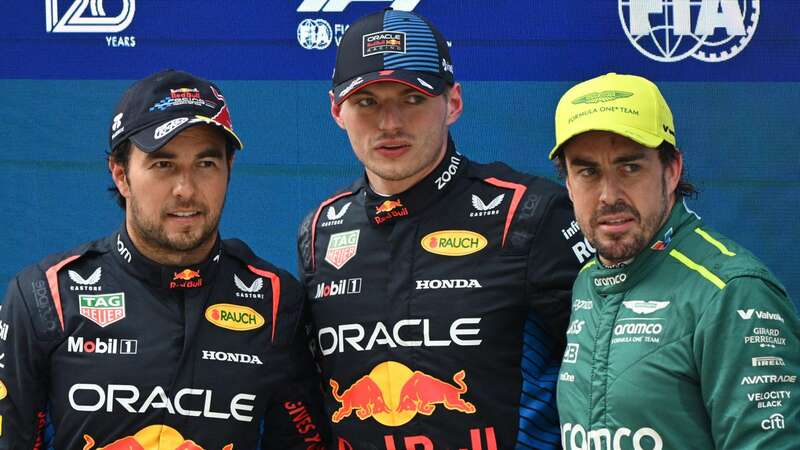
Aston Martin's protest against the result of Chinese Grand Prix qualifying has been dismissed.
Aston Martin lodged the complaint against Carlos Sainz with the FIA shortly after the end of Saturday's qualifying session. The Ferrari driver had stopped on track during Q2 after spinning and making light contact with a tyre wall, which brought out the red flags.
He picked up a small amount of damage, including a broken front wing, but was able to get that repaired during the stoppage. When the session resumed, Sainz went back on track and made it through to Q3.
Aston Martin argued that, because the Ferrari stopped on track and caused the red flags, Sainz should not have been allowed to continue in the session. And the fact the Spaniard made it through had a direct impact on them.
Lance Stroll was 11th quickest and missed out on Q3 by less than seven-hundredths of a second. Had Sainz not been allowed to go back out on track, the Canadian would have made it through to the final part of qualifying.
 Inside the driver call which upset Red Bull and changed the course of F1 history
Inside the driver call which upset Red Bull and changed the course of F1 history
A hearing was held in which representatives of both teams argued their respective cases. Aston Martin cited the sporting regulations, which states: "Any driver whose car stops on the track during the qualifying session... will not be permitted to take any further part in that session."
They argued that Sainz stopped on track after spinning and therefore should not have been allowed to continue. However, though the language of that rule suggests the Spaniard should not have been allowed to continue, the stewards felt there were many examples where the rule was not applied so literally.
In the official FIA document, the stewards wrote: "In the FIA's view, what was crucial was that the car would not receive any outside assistance in order to restart (e.g. from marshals)." Sainz did not require any such assistance.
He had been stationary for one minute and 17 seconds before he got going against and Aston Martin argued that it was too long. But the regulations do not include a time limit for how long a car can be stationary and so the stewards decided they could not punish the Ferrari driver for that.
The stewards were satisfied that there was "a clear pattern of past practice in the sport whereby this rule was read to allow a car to restart and continue, so long as it did not receive outside assistance to do so". As a result, the protest was dismissed and Sainz will be allowed to start the Grand Prix from seventh place.
Read more similar news:
Comments:
comments powered by Disqus
































